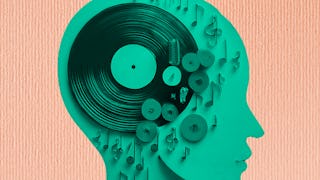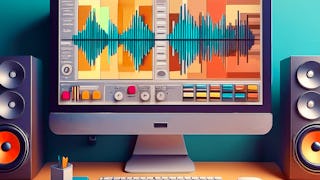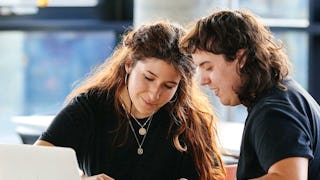This course explores how artificial intelligence is reshaping the way we make, perform, and think about music. Focusing on sound, interaction, and creative collaboration, you’ll learn how AI can be used to build new kinds of musical instruments, act as a creative partner, and generate original audio and voice. By the end of the course you will be able to:



Recommended experience
Skills you'll gain
Details to know

Add to your LinkedIn profile
4 assignments
August 2025
See how employees at top companies are mastering in-demand skills

There are 3 modules in this course
In this first week of exploring Creative AI: Sound, music and interaction, we will look at how AI can be used to build interactive applications, develop new kinds of expressive musical instruments, and how AI is being used to augment and inform new kinds of dance and choreography performances.
What's included
4 videos9 readings2 assignments2 ungraded labs
This week, we’ll explore questions of creativity and authorship, and how AI’s growing role in making creative decisions challenges our understanding of the creative process and human agency. We’ll consider what this shift means for artists, musicians, and other creative practitioners, and examine the legal and ethical implications of using AI in music-making, particularly in relation to copyright, ownership, and authorship.
What's included
7 videos7 readings1 assignment2 discussion prompts
In the final week of this course, we will look at how audio can be generated with AI. We will look at the ethical issues surrounding technologies like voice cloning, and discuss what impacts AI generated music will have on the music industry.
What's included
3 videos11 readings1 assignment1 discussion prompt1 ungraded lab
Instructor

Offered by
Why people choose Coursera for their career




Explore more from Computer Science

University of Michigan

University of Michigan

University of the Arts London

University of the Arts London

